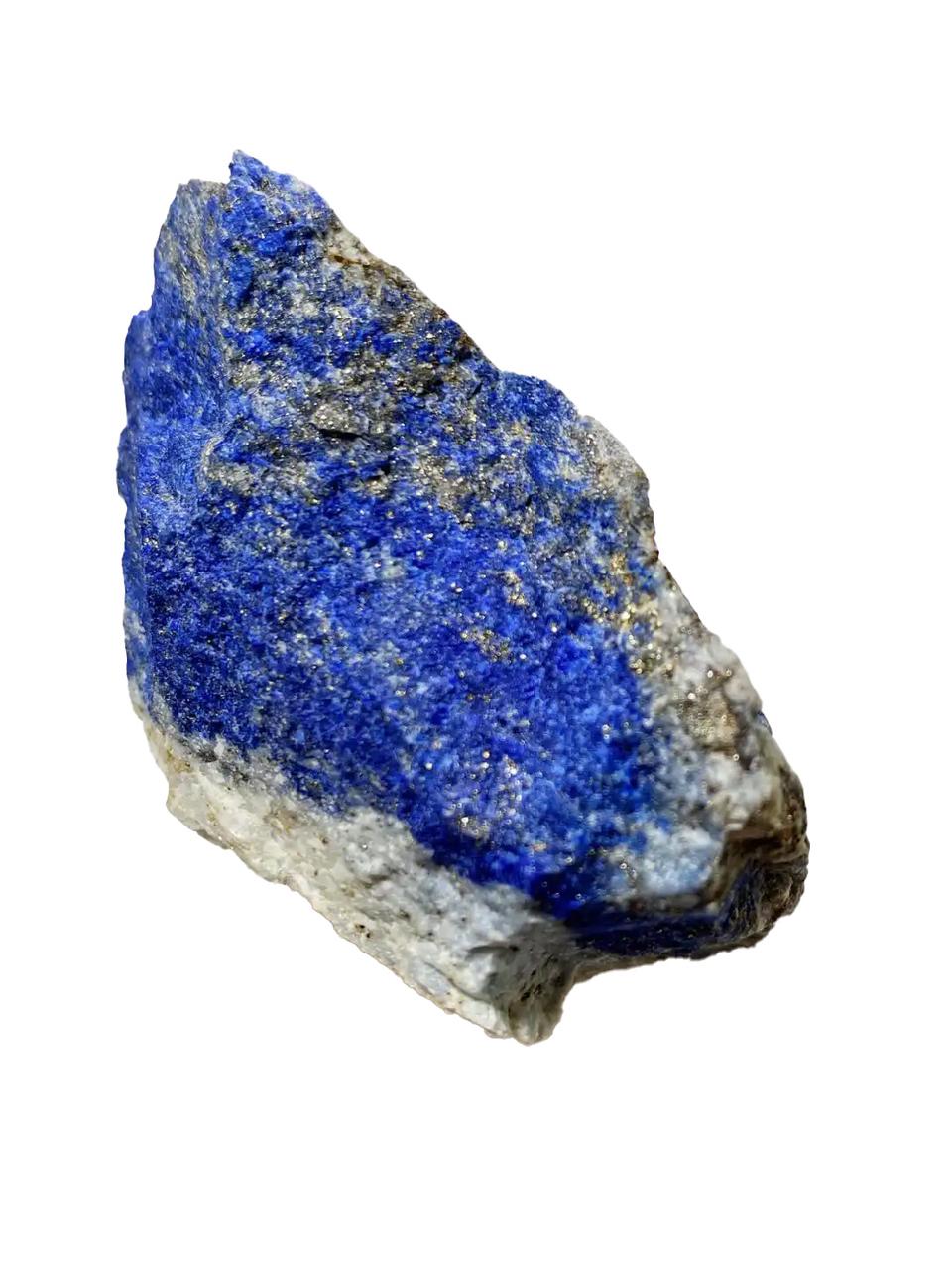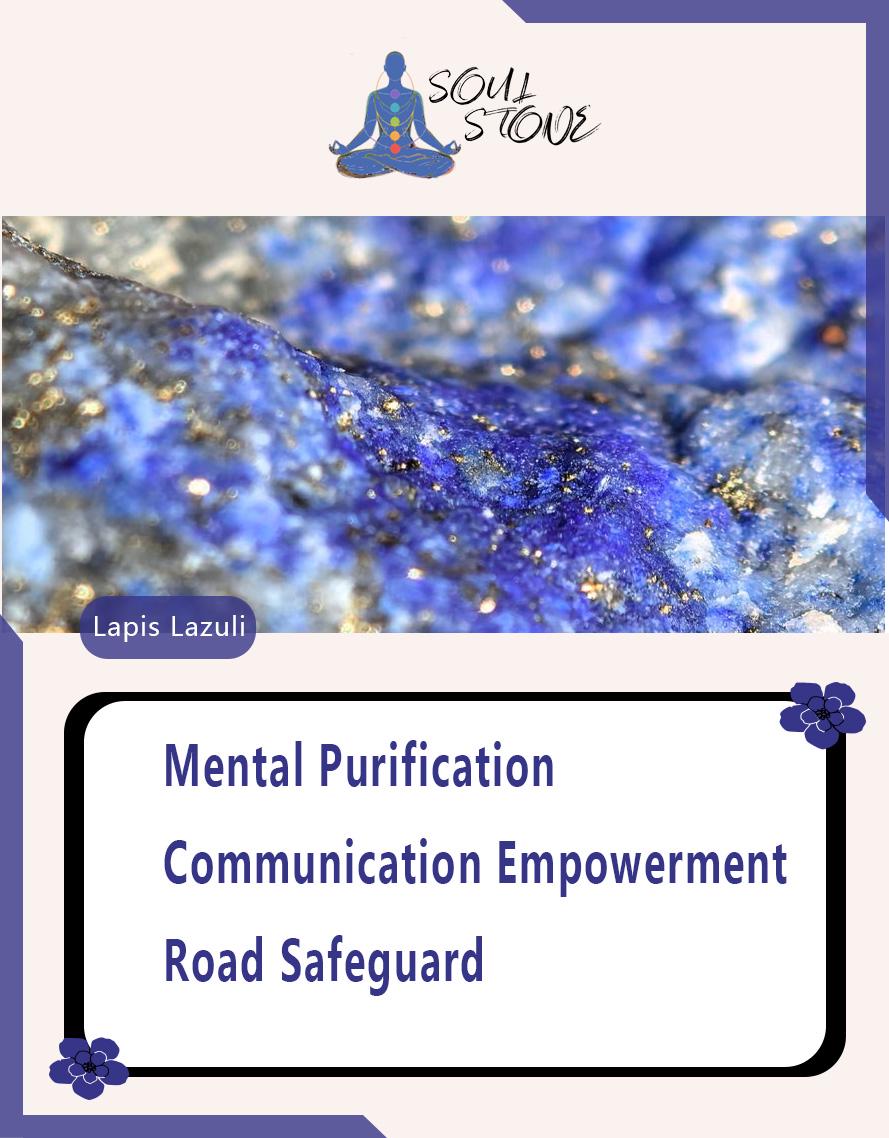- Season Limited
-
jewelry
categoryby stonesby woods
- Thangka
- Hot sales
- gift
-
help
Track orders
- Latest Products
Language
Currency
89048120345
- Season Limited
-
jewelry
categoryby stonesby woods
- Thangka
- Hot sales
- gift
-
help
Track orders
- Latest Products
Menu
Language
Currency
category
by stones
by woods

